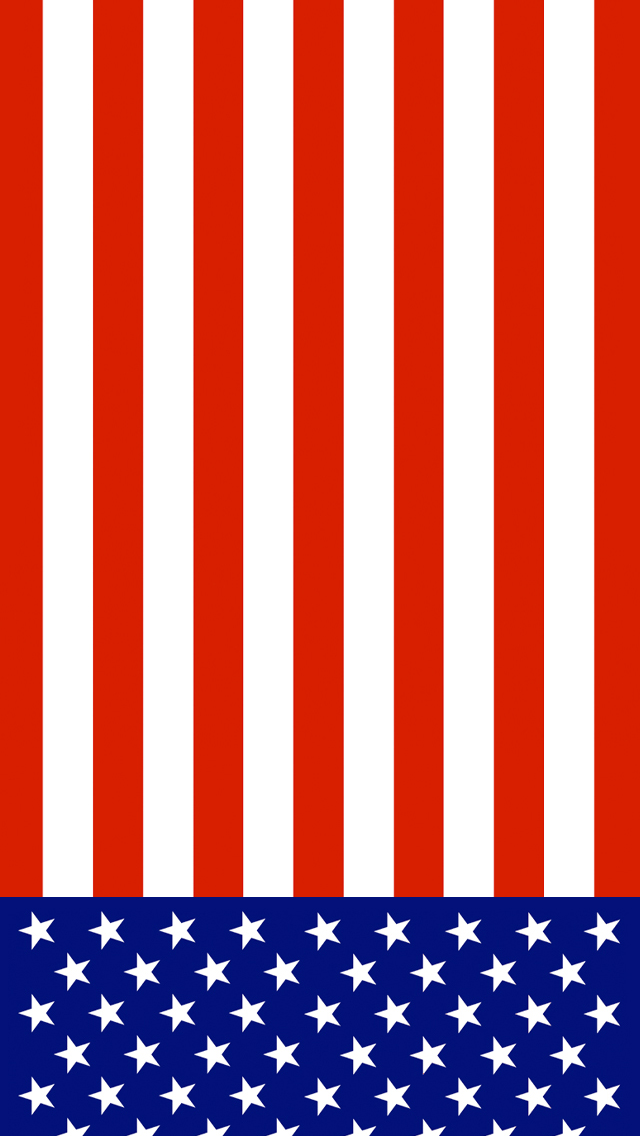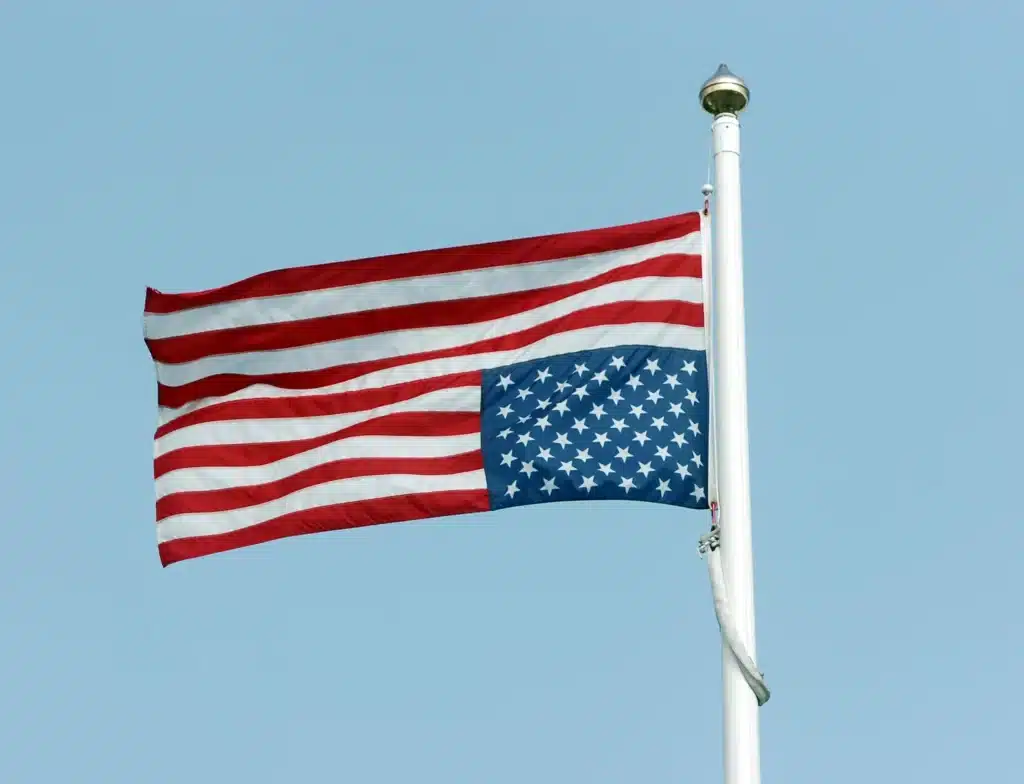Displaying the American flag upside down is a powerful symbol that carries deep meaning and has historical significance. It’s not just a random act but a deliberate gesture used to convey distress or protest. Understanding the implications behind this act is crucial in today’s political and social climate.
The upside-down American flag has been a topic of discussion for decades, especially in times of unrest or protest. Whether you're witnessing it at a demonstration or seeing it online, the act of displaying the flag in this manner often sparks strong reactions. This article aims to explore the history, meaning, and legal implications of flying the American flag upside down.
By the end of this article, you'll have a comprehensive understanding of why people choose to display the American flag upside down and the legal and social ramifications that come with it. Let’s dive in and unravel the complexities behind this controversial symbol.
Read also:Exploring The Fox Theater Tucson Az A Historic Gem
Table of Contents
- The Historical Context of the Upside Down American Flag
- What Does an Upside Down American Flag Represent?
- Legal Aspects of Flying the Upside Down Flag
- Social Impact and Public Perception
- The Role of Upside Down Flags in Protests
- Common Misconceptions About Upside Down Flags
- The United States Flag Code
- Upside Down Flags in Media and Pop Culture
- Statistics on Upside Down Flag Usage
- Conclusion: Understanding the Upside Down Flag
The Historical Context of the Upside Down American Flag
The practice of flying the American flag upside down dates back to the early days of the United States. Historically, it was used as a distress signal in times of emergency. During the Civil War, for example, military units would fly the flag upside down to indicate that they were under attack and needed immediate assistance.
In peacetime, the upside-down flag was rarely seen, but during periods of national crisis, it re-emerged as a symbol of protest. The Vietnam War era saw a resurgence of this practice, with anti-war activists using the flag to express their dissatisfaction with government policies.
Early Usage in Military Contexts
Before it became a symbol of protest, the upside-down flag was primarily used in military contexts. Here are some key points:
- It was officially recognized as a distress signal in the U.S. Navy.
- Soldiers would use it to signal for help when under siege.
- It was also used during naval battles to indicate that a ship was in trouble.
What Does an Upside Down American Flag Represent?
Today, the upside-down American flag is often associated with protest and dissent. It represents a call for help, a sign of distress, or a statement of dissatisfaction with the current state of affairs. For many, it is a powerful way to draw attention to issues they feel are being ignored by the government or society at large.
However, the meaning can vary depending on the context. In some cases, it may simply be a gesture of rebellion, while in others, it could signify a deeper political message. Understanding the intent behind the display is essential to interpreting its meaning.
Common Interpretations
Here are some of the most common interpretations of the upside-down American flag:
Read also:Discovering Centenary University Hackettstown Nj A Hub Of Education And Opportunity
- A symbol of distress or emergency.
- A sign of protest against government policies.
- A representation of dissatisfaction with societal conditions.
Legal Aspects of Flying the Upside Down Flag
While flying the American flag upside down may carry significant symbolic weight, it is important to consider the legal implications. According to the U.S. Flag Code, displaying the flag upside down is considered disrespectful unless used as a distress signal during an actual emergency.
Despite this, the First Amendment protects individuals' right to free speech, which includes the right to display the flag in non-traditional ways as a form of protest. However, local laws and ordinances may still impose restrictions, so it’s essential to be aware of these regulations before engaging in such activities.
Flag Desecration Laws
Flag desecration laws have been a contentious issue in the United States. While the Supreme Court has ruled that burning or defacing the flag is protected under the First Amendment, the legality of other forms of flag misuse remains a gray area. Here are some key points:
- The Flag Protection Act of 1989 was struck down by the Supreme Court.
- State laws may still impose penalties for flag misuse, but these are often challenged in court.
- Public opinion on flag desecration remains divided, with many viewing it as disrespectful while others see it as a valid form of protest.
Social Impact and Public Perception
The social impact of flying the upside-down American flag cannot be underestimated. It often provokes strong reactions, both positive and negative, from the public. For some, it is a powerful symbol of resistance and a call for change. For others, it is seen as disrespectful and unpatriotic.
Public perception of the upside-down flag is heavily influenced by cultural and political factors. In times of political polarization, its use can exacerbate divisions and spark heated debates. Understanding the social context in which it is displayed is crucial to interpreting its meaning.
Perception Across Different Groups
Different groups may perceive the upside-down flag in various ways:
- Activists: Often view it as a legitimate form of protest.
- Veterans: May see it as disrespectful to the sacrifices made by service members.
- General Public: Opinions vary widely, with some supporting its use as a symbol of free speech and others condemning it as unpatriotic.
The Role of Upside Down Flags in Protests
Upside-down flags have become a staple at protests and demonstrations, particularly those focused on social justice and political reform. Activists use them to draw attention to their causes and to signal that the current system is in distress. This practice has gained prominence in recent years, especially during movements like Black Lives Matter and climate change protests.
While the use of upside-down flags in protests is protected under the First Amendment, it is not without controversy. Some argue that it undermines the respect owed to the flag, while others believe it is a necessary tool for raising awareness about pressing issues.
Examples of Upside Down Flags in Protests
Here are some notable examples of upside-down flags being used in protests:
- Black Lives Matter protests in 2020.
- Anti-war demonstrations during the Iraq War.
- Environmental protests advocating for climate action.
Common Misconceptions About Upside Down Flags
Despite its widespread use, there are many misconceptions about the upside-down American flag. Some people believe it is always disrespectful, while others think it has no real meaning beyond being a gesture of rebellion. These misconceptions can hinder a deeper understanding of its significance.
It is important to recognize that the upside-down flag can carry multiple meanings depending on the context in which it is displayed. Educating oneself about its history and symbolism can help dispel these misconceptions and foster more informed discussions.
Key Misconceptions
Here are some common misconceptions about upside-down flags:
- It is always disrespectful.
- It has no deeper meaning beyond rebellion.
- It is illegal under all circumstances.
The United States Flag Code
The United States Flag Code provides guidelines for the proper use and display of the American flag. While it is not legally enforceable, it serves as a set of recommendations for maintaining respect and dignity when handling the flag. According to the code, flying the flag upside down is only permissible as a distress signal during an actual emergency.
While the Flag Code does not carry the force of law, it is often cited in discussions about flag etiquette. Adhering to its guidelines can help ensure that the flag is treated with the respect it deserves, even in contexts where it is used as a symbol of protest.
Key Provisions of the Flag Code
Here are some key provisions of the Flag Code:
- The flag should never be flown upside down except as a distress signal.
- It should not be used as a decoration or for advertising purposes.
- It should be disposed of in a dignified manner when it is no longer fit for display.
Upside Down Flags in Media and Pop Culture
The upside-down American flag has also made its way into media and pop culture, often as a symbol of rebellion or distress. Movies, television shows, and music videos frequently feature the flag in this manner to convey a sense of urgency or protest. Its use in these contexts can further amplify its symbolic power and reach a wider audience.
While its portrayal in media may not always align with its historical or political significance, it continues to resonate with viewers and listeners who recognize its deeper meaning.
Notable Media Appearances
Here are some notable appearances of upside-down flags in media:
- Music videos by artists like Beyoncé and Rage Against the Machine.
- Television shows like "The Walking Dead" and "Stranger Things."
- Movies such as "V for Vendetta" and "The Matrix."
Statistics on Upside Down Flag Usage
Data on the usage of upside-down flags is limited, but surveys and studies provide some insights into its prevalence and perception. According to a 2020 survey, approximately 20% of Americans have seen an upside-down flag at a protest, while 30% believe it is disrespectful to display the flag in this manner.
These statistics highlight the ongoing debate surrounding the upside-down flag and its role in modern society. As social and political issues continue to evolve, its usage and perception are likely to change as well.
Key Statistics
Here are some key statistics on upside-down flag usage:
- 20% of Americans have seen an upside-down flag at a protest.
- 30% believe it is disrespectful to display the flag upside down.
- 50% support its use as a form of protest.
Conclusion: Understanding the Upside Down Flag
In conclusion, the upside-down American flag is a complex and multifaceted symbol that carries deep historical and political significance. While it may provoke strong reactions, it serves as a powerful tool for drawing attention to important issues and sparking meaningful discussions.
We encourage readers to reflect on the meaning behind this symbol and to engage in respectful dialogue about its use. By doing so, we can foster a greater understanding of the issues it represents and work towards creating positive change.
Feel free to share your thoughts in the comments below or explore other articles on our site for more insights into American culture and politics.

